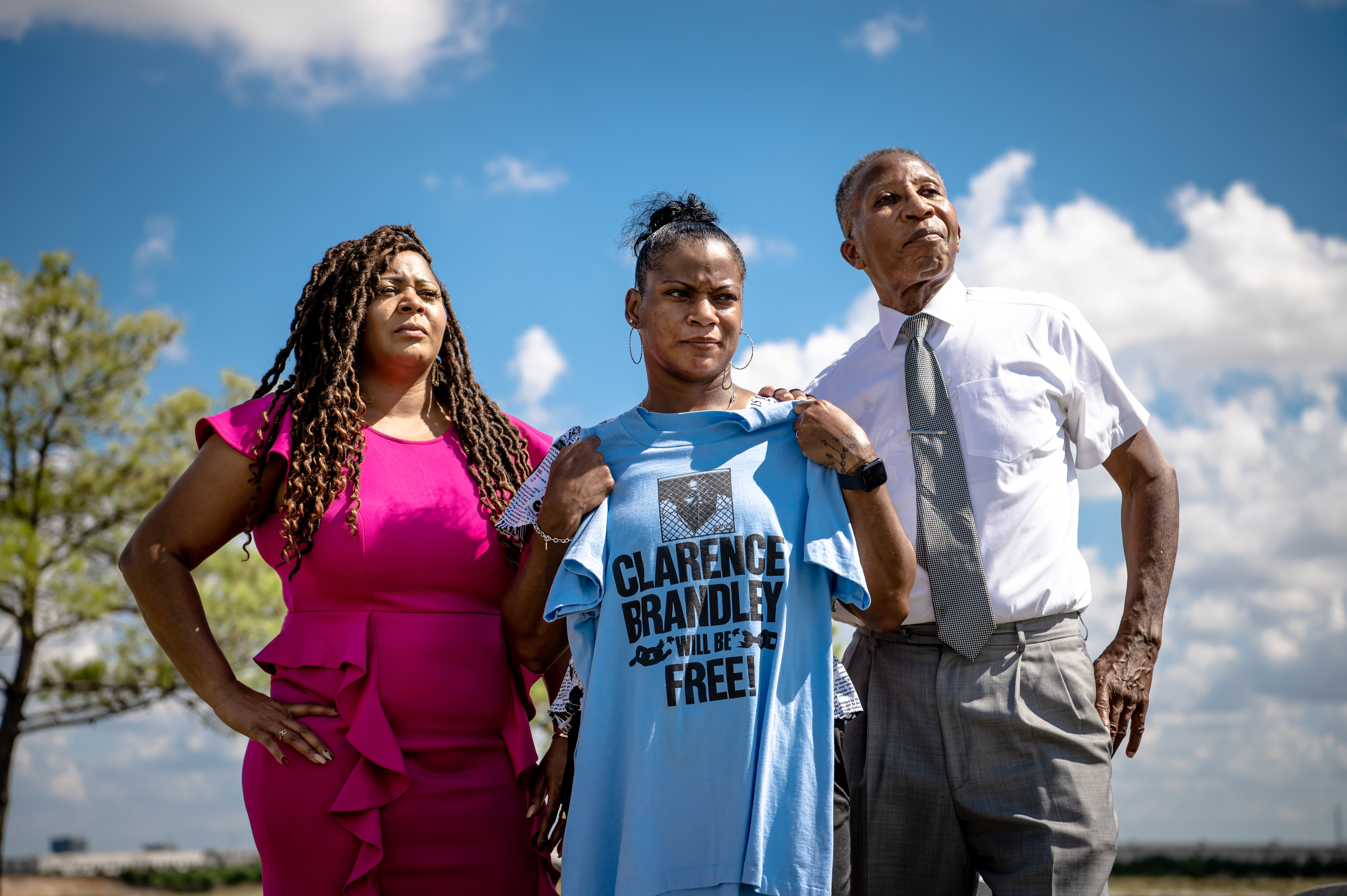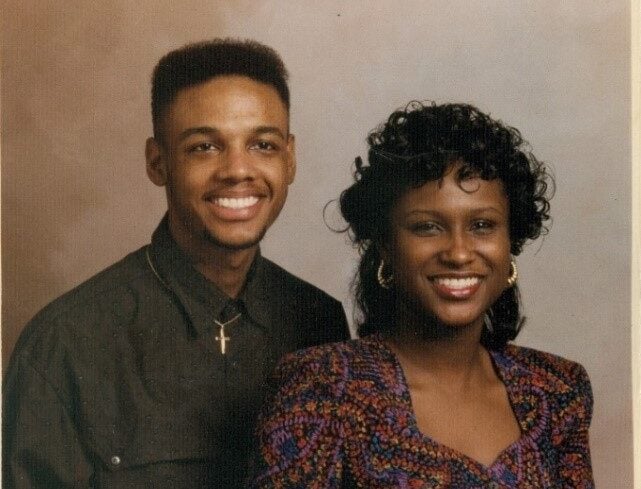
Stereotypes Could Send An Innocent Texas Woman to the Execution Chamber
A psychologist explains how myths and biases can prompt false allegations—and irreversible mistakes, especially in cases involving trauma victims like Melissa Lucio.
On April 27th, Melisa Lucio is scheduled to be executed in Texas for the murder of her daughter, but many are now scrutinizing the evidence used to convict her—including a dubious confession and autopsy—and wondering if any “crime” even occurred. Her case is the subject of the 2020 documentary, “The State of Texas vs. Melissa.” What does psychological science say about the evidence against her?
The Death
In February 2007, Melissa Lucio’s two-year-old daughter Mariah fell down a steep flight of wooden stairs outside of the apartment complex where she lived with her husband and children. Two days later, Mariah was found unresponsive around 7 P.M. and taken to a nearby hospital, where she was pronounced dead on arrival, with the cause of death listed as “blunt force head trauma.”
The Hunch
That evening, police began to suspect that Melissa had killed her daughter because of her seemingly unusual demeanor. At trial, numerous officers recalled that Melissa was “calm” as EMTs tried to revive Mariah; one EMT described Melissa as “extremely calm for the situation,” which he called “far out of the ordinary.” Similarly, a detective noted that Melissa “slouched” and was “not making eye contact,” which he interpreted as a sign that “she did something [and] was ashamed of what she did.” But are these beliefs justified?
Around the world, most people—including police—believe that nonverbal behaviors, such as eye contact and posture, reveal when a person is lying. However, there is ample evidence that these behaviors are, at best, weak and unreliable cues to deception, leading experts to conclude that “nothing similar to Pinocchio’s growing nose actually exists.” Accordingly, people tend to be quite poor at detecting lies—and while police are no better, they tend to be overconfident in their ability to detect lies, which can result in an innocent person being subjected to a high-pressure interrogation.

A Texas Mother Could Be Executed in April. Was Her Child’s Death Really a Murder?
Melissa Lucio, whose execution could take place this year, claims her innocence.
The Interrogation
At 9:53 P.M., two hours after her daughter’s death, police began to interrogate Melissa. At first, they suggested that Melissa—a recovering drug addict—had killed her daughter while intoxicated and therefore didn’t remember it. Later, one detective threatened to “beat [her] half to death like that little child was beaten,” while another suggested that the murder was “an accident”—the result of “frustration that went a little too far”—all while showing her photos of her daughter’s corpse. Finally, they gave her a doll and demanded that she demonstrate how she had beaten and bitten Mariah. Around 3:15 A.M, after five hours and countless denials, Melissa finally told police what they wanted to hear: “I guess I did it.”
In the wake of hundreds of known false confessions, psychologists have tried to understand why people sometimes confess to crimes they didn’t commit. One reason is interrogators’ frequent use of minimization—a tactic that justifies and/or normalizes a crime, such as blaming the victim. During Melissa’s interrogation, for example, detectives described child abuse as a “mistake” that “happen[s] every single day” because kids “push [parents] to the limit.” In one well-known experiment, college students accused of cheating on a test were three times more likely to give a false confession if minimization was used. More recent studies have found that minimization leads suspects to expect a lesser punishment if they confess, even falsely.
It is also well-known that sleep deprivation impairs cognitive functioning and decision-making, and therefore increases the risk of false confession. In one study, participants who were interrogated after a sleepless night—similar to Melissa—were 4.5 times more likely to falsely confess to having broken a computer several days earlier, compared to others who had slept for seven hours.
The Autopsy
Two days after the interrogation, medical examiner Dr. Norma Jean Farley completed her autopsy of Mariah Lucio with a police officer present. Farley documented various injuries—including myriad bruises, bleeding inside her skull, and a weeks-old bone fracture. In light of these injuries,Farley ruled the death a homicide and later testified in no uncertain terms that “this child was severely abused.”
Importantly, however, medical opinions are subject to cognitive bias, which can lead doctors to interpret the same injuries in different ways depending on stereotypes and other factors. In various studies, medical doctors more often judged the same childhood injuries as the result of abuse (rather than an accident) if told in advance that the child’s parents were poor, drug users, or welfare recipients—all of which were true of Melissa. Stereotypes have also been shown to affect medical examiners’ opinions as to whether a child’s death was an accident or homicide. Simply put, the research suggests that Dr. Farley might have interpreted Mariah’s injuries differently if Melissa had been affluent and white.
The Conviction
In July 2008, Melissa Lucio was convicted of murder and sentenced to death. The elected District Attorney at the time of her trial, Armando Villalobos, was subsequently convicted of bribery and extortion and is now serving his own prison sentence. In October 2021, the U.S. Supreme Court declined to review Melissa’s case, and unless she is granted clemency, she will soon become the first Hispanic woman to be executed in Texas. The Innocence Project has started an online petition asking Texas to review Melissa’s case.
Psychological research has shed light on why police sometimes misjudge innocent people as guilty, why innocent people sometimes confess to crimes they didn’t commit, and why stereotypes sometimes produce erroneous medical judgments. This research should raise enough doubt to give Melissa’s case a second look. For as devastating as they are, wrongful convictions can be discovered and reversed. Wrongful executions cannot.



